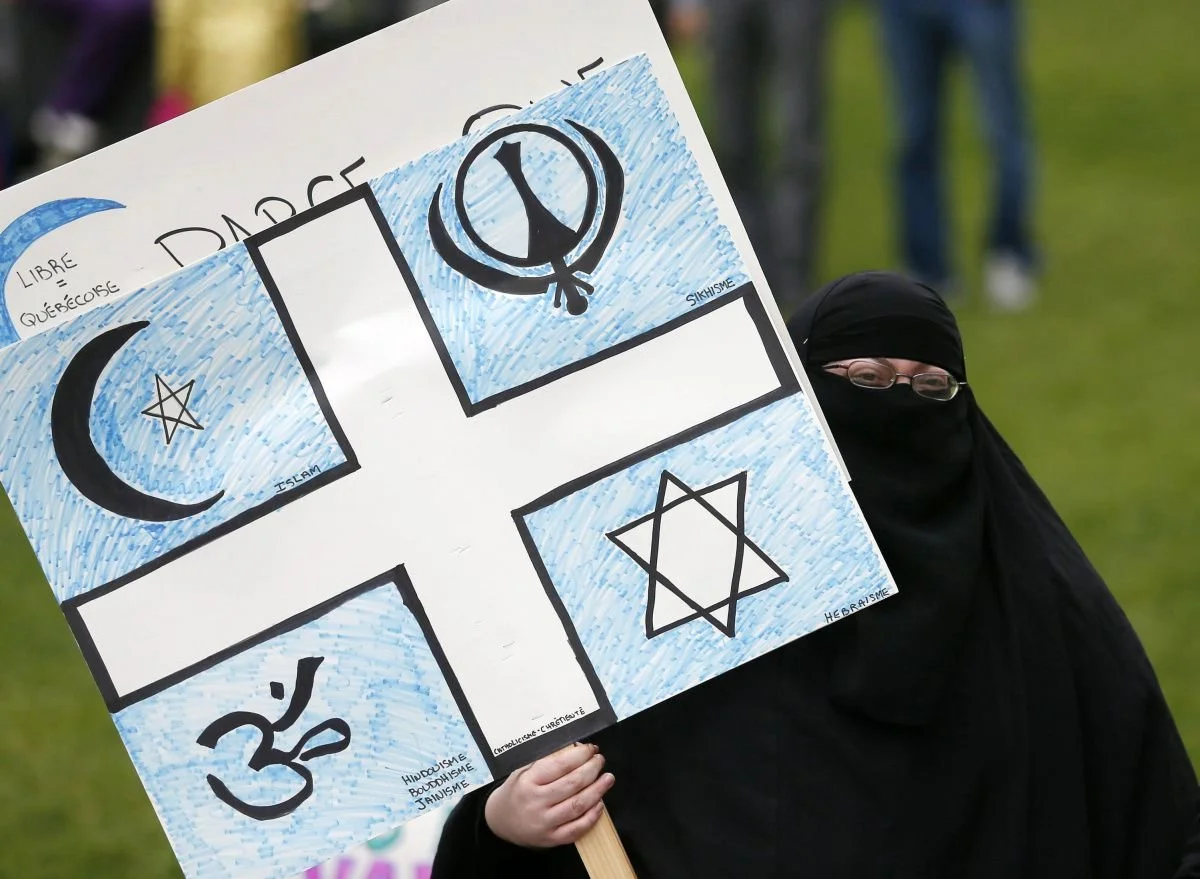Quebec’s values charter: A doctor’s perspective
Picture a Muslim doctor wearing a hijab informing an Orthodox Jewish family of their loved one’s terminal condition, at a hospital named after a Catholic saint. In Canada, such scenarios are commonplace.
When details of the PQ government’s proposed “Charter of Quebec Values” emerged, I shared the incredulity expressed by the international community, Canadians, and many Quebecers.
The charter expounds on the need for all representatives of the state to express “religious neutrality” in their behaviour and appearance, with a stated goal of ensuring equal treatment for all citizens. As such, it bans workers from wearing any “easily visible” signs of religion.
My initial reaction was to scoff at the notion that, for example, receiving my Quebec driver’s licence from a licence bureau employee wearing a kippa is somehow state-sponsored Judaism and a violation of my religious freedom. After all, what aspect of such a man’s job and function could be influenced by his revealed religious affiliation in such a way as to impose on my freedoms?
However, these proposed rules extend to health-care institutions and workers as well. And as a physician practising in both Quebec and Ontario, I am being asked to consider the validity of this very question in the unique and complex context of health care.
Doctors play an integral role in some of the most intimate and difficult moments in people’s lives. Moments such as learning that one has an incurable chronic condition, or worse, a terminal disease. Indeed, moments when a person will often turn to religion.
Setting aside the charter’s violation of individual workers’ rights to religious freedom, let us instead consider its premise — that in such situations a doctor’s display of symbols emblematic of his or her own religious affiliation is unfair to patients.
One might argue that a doctor’s role is to deliver objective information about diagnosis, treatment and prognosis without imparting opinions about existential questions that might be influenced by personal religious beliefs.
However, it is often not that simple. For example, doctors advise families about withdrawal of life-sustaining therapy when their loved one is in a vegetative state. They also routinely propose whether and under what circumstances cardiopulmonary resuscitation should be offered to a patient with a grave and terminal illness.
Such decisions involve judgments on the value and meaning of life that are clearly outside of the realm of medical science. Similarly, when faced with a grim prognosis or a difficult choice, patients and their loved ones often ask their doctors: “What would you do?” Clearly, the answer to such a question would be heavily influenced by one’s beliefs.
On face value, one might worry about the influence of a doctor’s physical display of personal religious affinity in such morally charged situations. However, I would argue that the opposite is true. These situations occur every day in our health-care system. As described, they engender a “human” response from doctors — one that is invariably influenced by their religious beliefs, philosophy and world view, whether they like it or not.
This remains true whether they happen to be wearing an overt sign of their religious affiliation or not. Most doctors acknowledge and embrace this fact. Although they can temper the effect of their personal views by sticking to empirical evidence and refusing to answer certain questions, they also bear a responsibility to offer their patients moral support and hope in difficult times.
As such, they are expected to balance their need to be objective with the needs of their patients, and if they do share personal views, to be frank with patients about their influences.
In turn, most patients value this greatly. In this framework, not only would it be absurd to suggest that banning religious garb would miraculously impart neutrality but, on the contrary, one might argue that a patient’s knowledge of their physician’s religious background (or lack thereof) could even sometimes provide a helpful context.
Quebec patients should speak up against a charter that strips their doctors of the right to wear religious garb that is integral to their religion, for the empty purported goal of projecting state neutrality and, ironically, protecting religious freedom.
Written for Toronto Star by Samir Gupta.

